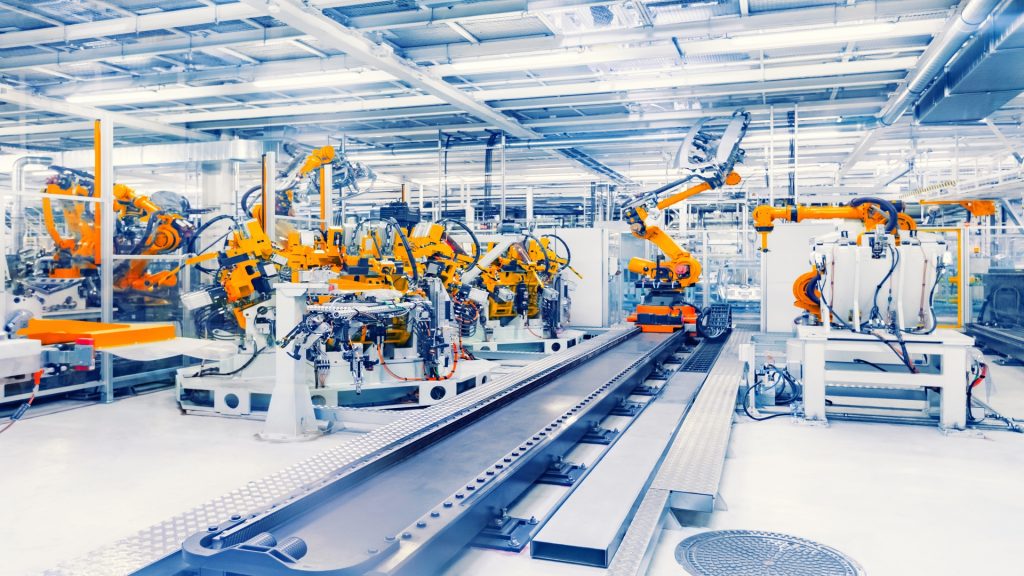
In today’s fast-paced and competitive business world, companies are increasingly realizing the importance of employee feedback and recognition to boost morale, productivity, and overall employee satisfaction. Traditional methods of feedback and recognition have their limitations, often leading to inefficiencies and miscommunications.
However, with the advent of Human Resource (HR) software, businesses now have a powerful tool at their disposal to streamline and enhance their feedback and recognition processes. This article explores how businesses can leverage HR software to create a robust feedback and recognition system that fosters a positive work environment and drives organizational success.
Real-Time and Continuous Feedback
One of the significant advantages of using HR software for employee feedback is the ability to provide real-time and continuous feedback. With traditional annual performance reviews, employees might wait for months before receiving constructive criticism or praise. HR software facilitates ongoing conversations between managers and employees, allowing them to provide timely feedback and address any concerns promptly. This ensures that employees stay on track and receive guidance for improvement, resulting in better performance outcomes.
Centralized Communication Platform
HR software offers a centralized communication platform that connects employees and managers across different departments and locations. This feature simplifies the process of sharing feedback and recognition, making it easy for managers to acknowledge exceptional performance and encourage teamwork. Moreover, having a central repository of feedback and recognition data allows HR teams to analyze trends, identify potential issues, and design targeted employee development programs.
Customizable Performance Evaluation
Performance evaluation is a critical process that allows businesses to assess the individual and collective contributions of their employees. Traditionally, performance evaluations were time-consuming, often based on subjective criteria, and limited in scope. However, with the advent of HR software, such as Payboy, customizable performance evaluation has become a powerful tool that empowers organizations to align their evaluation processes with their unique goals and values.
Tailored Evaluation Criteria
HR software allows businesses to design performance evaluation criteria that are tailored to their specific needs. Instead of relying on generic templates, organizations can create assessment frameworks that align with their unique business objectives and industry requirements. Whether it’s focusing on technical skills, soft skills, leadership abilities, teamwork, or other specific competencies, HR software enables organizations to customize evaluation criteria for different roles and departments.
Clear and Measurable Goals
Customizable performance evaluation using HR software facilitates the setting of clear and measurable goals for employees. The software allows managers and employees to collaborate on defining objectives that are specific, achievable, and time-bound. By having well-defined goals integrated into the performance evaluation process, employees have a clear understanding of their responsibilities and how their contributions impact the organization’s success.
Continuous Feedback and Coaching
HR software enables ongoing feedback and coaching throughout the performance evaluation period. Managers can provide timely feedback, acknowledge achievements, and address areas for improvement in real time. This approach fosters a culture of continuous improvement and supports employees in their professional development journey.
Multisource Feedback
Customizable performance evaluation through HR software can incorporate multisource feedback, also known as 360-degree feedback. This feedback mechanism gathers input from various sources, including peers, subordinates, and external stakeholders, in addition to the manager’s evaluation. Multisource feedback provides a more comprehensive and well-rounded assessment of an employee’s performance, promoting self-awareness and growth.
Performance Rating Flexibility
HR software allows organizations to define their own performance rating scales based on their unique performance evaluation criteria. Instead of using a rigid 1-5 or A-F scale, businesses can adopt custom scales that better reflect their performance expectations and grading preferences. This flexibility ensures that employees are evaluated fairly and accurately based on the specific metrics that matter most to the organization.
Automated Evaluation Process
By using HR software for customizable performance evaluation, businesses can streamline and automate the entire evaluation process. Manual paperwork, data entry, and calculations become a thing of the past, saving time and effort for both HR professionals and managers. Automation reduces the chances of human error and ensures that evaluations are completed on time.
Data-Driven Decision Making
With HR software capturing data from performance evaluations, businesses gain access to valuable insights that can inform strategic decision-making. By analyzing trends and patterns across the organization, HR teams can identify top performers, areas of improvement, and potential skill gaps. This data-driven approach empowers businesses to implement targeted training programs and make informed decisions about promotions, rewards, and talent development.
Peer-to-Peer Recognition
Besides top-down recognition from managers, HR software also enables peer-to-peer recognition. Employees can praise and appreciate their colleagues’ efforts through the software, fostering a positive and supportive work culture. Peer recognition not only boosts employee motivation but also promotes a sense of camaraderie and teamwork within the organization.
Data-Driven Insights
HR software captures vast amounts of data related to employee feedback and recognition. By analyzing this data, businesses can gain valuable insights into employee performance, engagement, and satisfaction levels. Identifying trends and patterns allows HR teams to address issues proactively and refine their feedback and recognition strategies for better results.
Gamification of Recognition
Some HR software platforms incorporate gamification elements, turning feedback and recognition into engaging and fun experiences. Employees earn points, badges, or rewards for exceptional performance or for consistently providing constructive feedback. Gamification can increase participation in the feedback process and create healthy competition among employees, ultimately driving productivity and performance.
Anonymous Feedback
A crucial aspect of effective feedback is creating a safe environment for employees to express their thoughts honestly. HR software can facilitate anonymous feedback, where employees can share their opinions without fear of reprisal. This anonymity encourages employees to be more open and transparent, leading to a more accurate representation of the work environment and actionable feedback for improvement.
Conclusion
Utilizing HR software for employee feedback and recognition can revolutionize the way businesses manage their workforce. By offering real-time feedback, fostering a culture of recognition, and leveraging data-driven insights, HR software empowers companies to create a motivated, engaged, and high-performing workforce. Investing in the right HR software and integrating it into the organizational structure demonstrates a commitment to employee well-being and ultimately contributes to long-term success and growth for the business.





















